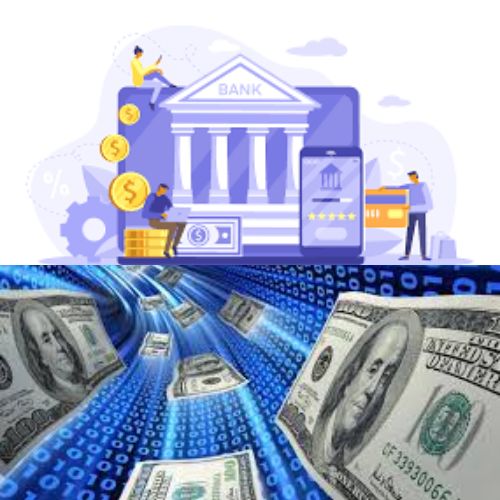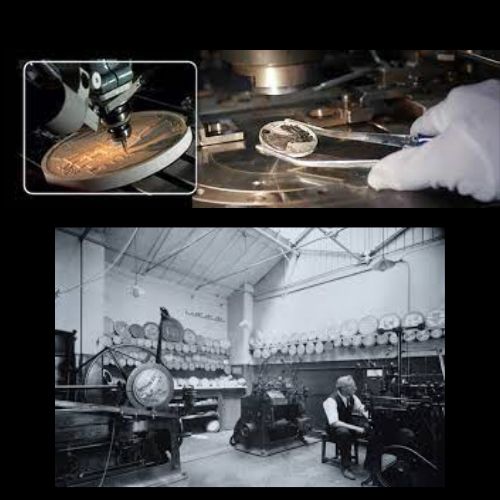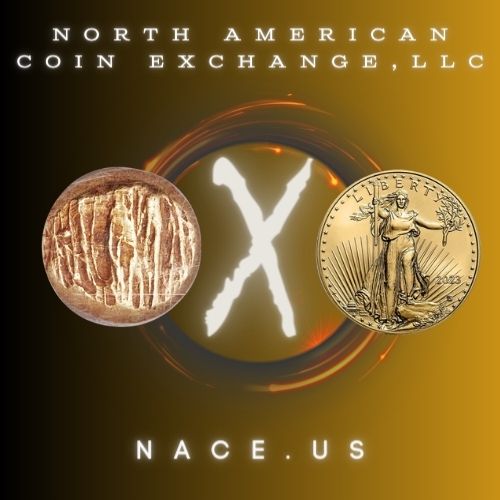
Every person is unique in their goals when deciding to enter the world of precious metals and making critical decisions about their financial future. People’s savings and investing strategies vary greatly from individual to individual, and storing wealth in the form of physical currency, such as precious metals, is as sound of an investment out there, and a superb hedge against inflation, which is currently running rampant in our present day.
One of the fundamental basics at the forefront of North American Coin Exchange is to educate individuals on the countless advantages of owning physical currency, versus other forms, such as paper promissory notes, digital currency, or other volatile investment vessels, the value of which can evaporate overnight.

There are two types of legal currency produced by most major countries today: physical currency and paper currency. In the United States, for example, our paper currency is manufactured by the Federal Reserve in the form of the Federal Reserve Promissory Note. Our physical currency is commissioned by the Federal Government, through Congress and produced by the United States mint.
Physical currency is produced in various forms, the most common being gold, silver, platinum, and palladium coins.
Today’s paper currency is no longer backed by anything of real substance, and is constantly depreciating in value, yet it is the form of currency mandated for use in general commerce.

Banks store your wealth in electronic and paper forms. Most transactions are conducted using debit or credit cards. The entire system, from top to bottom, is based on the belief in the value of the dollar. An endless supply of paper money floods the economy each and every year, driving the value of each note down perpetually, making them worth less and less every day.
Based on the current reported inflation rate, it would cost you $240.00 today, for what cost you $100.00 in 1990. Physical currency is a stable, appreciating asset. It is also less utilized and understood, in general, across the world. Gold and silver are produced annually, in varying amounts, by national mints around the world, while platinum and palladium enter the market on a more random basis. Due to the fact that this physical currency is in the form of precious metals, a tangible asset that has stood the test of time, it is much more stable for long-term savings.
One infallible truth that we learn in life is that it is simple common sense to invest your hard-earned wealth in appreciating assets versus depreciating ones. It is up to each and every one of us to figure out for ourselves how best to allocate our wealth.

Precious metals will always be a solid cornerstone to build a sound, diversified portfolio.
All physical currency has two base values: intrinsic and numismatic. Intrinsic value is decided by the “spot price” of the base metal, gold for instance, in correlation to its global trade value based on the melted weight. Spot prices change daily, as world markets fluctuate. The combined intrinsic value of one ounce of gold, silver, platinum, and palladium in January of 1990 was $1,020. The intrinsic value of the same asset today is approximately $4,300.00.
Precious metals cannot realistically be bought or sold at spot price. There are manufacturing costs, premiums, and markups along the way, at every step of production. As the ore is mined and extracted from the earth, it is then refined into bars or ingots. Based on the abundance of manufacturing, this form typically carries the lowest premiums above spot price.

Coins and rounds cost more because of the added manufacturing steps required to produce the final product. This is where numismatic value is defined, by the value, or premium, above spot price.
Numismatic value can fluctuate, based on supply and demand and ever-changing market conditions. It is harder to gauge, and can make most people nervous, giving them a tendency to shy away from it.
However, shrewd investing in the right numismatic items can pay huge dividends.
The higher premiums over intrinsic value, and the rarity of that item usually go hand in hand, along with the factor of supply versus demand, at any given time in the market. It can be easy to “buy the story” on a given coin and overpay for a product that has a small supply, but not a great demand.

Opportunistic collectible coin companies use a common trick and frontload any potential appreciation a coin may realize down the road. You can have a one-of-a-kind item, but if nobody wants it, what is it really worth?
Most people do not have the time or inclination to educate themselves about true numismatic value, so they either rely solely on someone in the business or leave them out of their portfolio altogether.
This is one of the bigger mistakes you can make investing in precious metals, by not diversifying properly. Never put all your eggs in one basket and find diversity percentages you are comfortable with.
